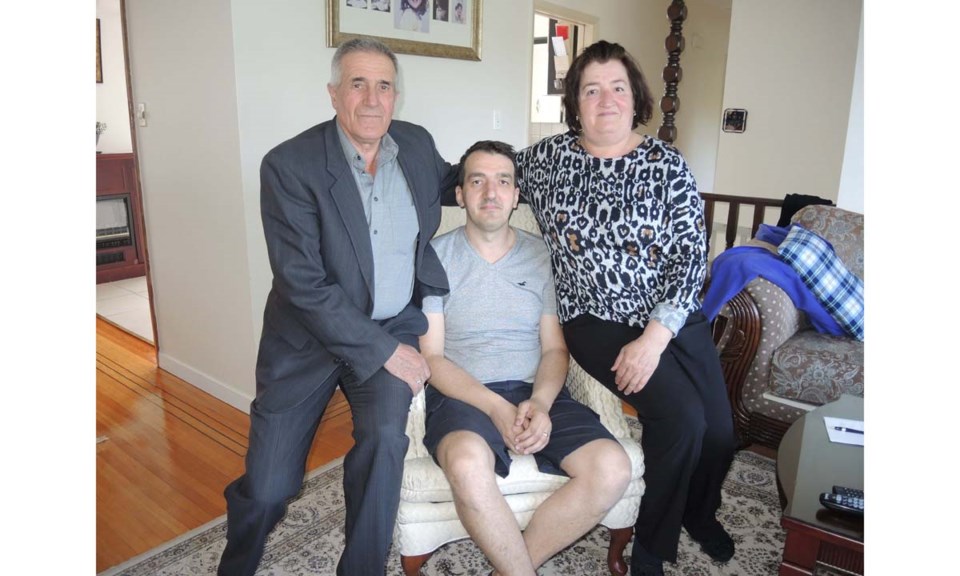When fed tragic or horrific news from around the world, I can often empathize, to a certain extent, and utter the requisite “oh, man” or a “that’s awful.”
But if I’m brutally honest, that’s often as far as it goes, before I, like many of us, get on with my busy day, as trivial and insignificant as it may be in the context of what I’d just heard, read or watched.
It’s not that I don’t care, and I don’t consider myself to be a particularly shallow or insincere person. It’s just that I can’t, thankfully, properly connect with, or relate to, the traumatic events being relayed to me via the media.
Without living it, or even witnessing it, I don’t believe we can truly appreciate the horror of what some of our own species experience in their daily lives.
So when Miftar Shala — a former refugee, whose family fled war-torn Kosovo in 1999 to start a new life in Richmond — contacted the Richmond News about the 20-year anniversary, I jumped on the story (published May 9).
You see, while still living in my native Scotland, I was lucky enough to be asked to fly to Kosovo (in the formerly war-ravaged Balkan region of south east Europe) to shadow and report on a small battalion of Royal Scots Dragoon Guards, a former cavalry (now tank) regiment, who were part of a NATO peacekeeping force.
It was the year 2000, a year after the Shala family’s village was burned to the ground by Serbian police, and many months since the Serbians had been pushed out of Kosovo and back over the border by NATO forces.
But the wounds of a bloody war were still relatively fresh and the scars were there for all to see.
Not least was the story I featured on two Serbian grannies, in their 90s, who had refused to move to Serbia from their native Kosovo when NATO swept in.
They needed a 24/7 soldiery guard, lest some revenge-seeking locals walk in and, as I was told, slit their throats as they slept.
That particular feature was titled, “The Granny-sitters,” which, in retrospect, made a little light of the disturbing aftermath of a war in which thousands of Kosovans were killed or displaced.
Suffice to say, that entire week lives long in my memory, even though it was fairly early in my reporting career.
So when Miftar and his father Rame — who was badly beaten by rifle-wielding Serbian police scratched the surface of just a few of the horrors they experienced or witnessed, I could, in a small way, empathize and hung on their every word.
Having seen with my own eyes the aftermath of what the Shalas had endured played a massive role in me, 19 years later, being able to relate and connect.
Such a connection, I’d say, goes a long way to explaining why it often takes a tragic event, be it a life-altering injury or even death, before some people sit up and take notice.
If only we could see the world through each others’ eyes, we might live in a more empathetic place.



